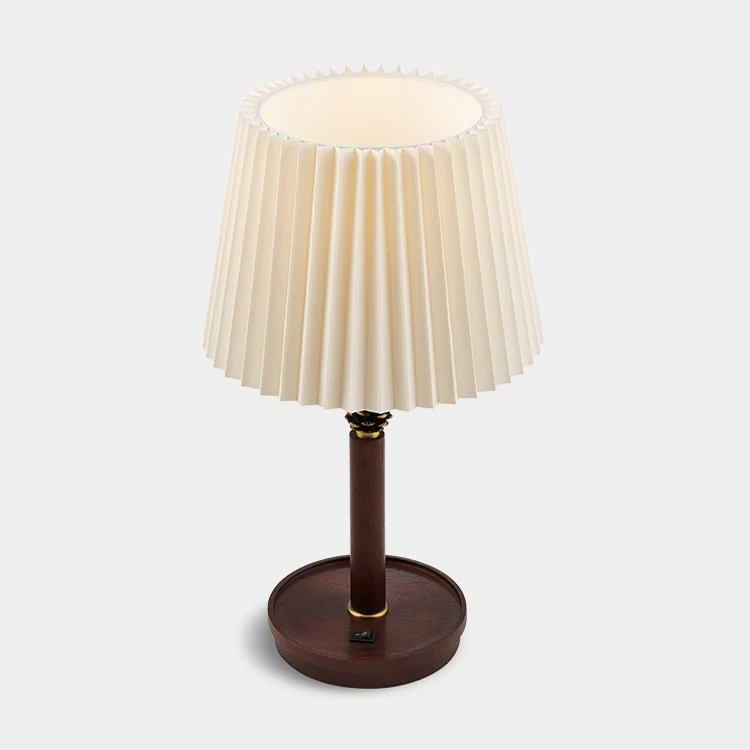LEAFLETS
PRODUCTS
Create a Relaxing Ambiance with Lighting
Choosing the Right Light Bulbs
The type of light bulb you choose significantly impacts the atmosphere of a room. Harsh, fluorescent lights are known for their stimulating effects, making them unsuitable for relaxation. Instead, opt for warmer color temperatures. Look for bulbs labeled "soft white" or "warm white," which emit a yellowish, inviting glow. These mimic the warm hues of candlelight and sunset, naturally signaling to our bodies that it's time to relax.
Another crucial factor is the bulb's brightness, measured in lumens. For a relaxing ambiance, lower lumens are ideal. Avoid excessively bright bulbs, which can be jarring and overstimulating. Instead, choose bulbs with a lower lumen output to create a softer, more gentle illumination.
Consider exploring different bulb technologies. Incandescent bulbs offer a warm, traditional glow, while halogen bulbs provide a brighter, crisper light. LED bulbs are the most energy-efficient option and come in a wide range of color temperatures, making them a versatile choice for creating a relaxing atmosphere.
Layering Your Lighting
Creating a relaxing ambiance is about more than just a single light source. Layering your lighting allows you to control the mood and adjust the brightness to suit your needs. Instead of relying solely on overhead lighting, incorporate a combination of ambient, task, and accent lighting.
Ambient lighting provides overall illumination for the room. This can be achieved through recessed lighting, wall sconces, or even strategically placed floor lamps. Keep the light soft and diffused for a relaxing effect.
Task lighting is focused illumination for specific activities, such as reading or working. Table lamps, desk lamps, and floor lamps with adjustable arms are excellent choices. Ensure the task lighting is bright enough for the task at hand, but not so bright that it overwhelms the overall ambiance.
Accent lighting highlights specific features or objects in the room, adding depth and visual interest. Use small spotlights or strategically placed lamps to draw attention to artwork, plants, or architectural details. This adds a touch of elegance and creates a more dynamic and inviting space.
Utilizing Dimmers and Smart Lighting
Dimmers are essential tools for creating a truly relaxing atmosphere. They allow you to adjust the brightness of your lights, transitioning seamlessly from daytime functionality to a cozy evening ambiance. Install dimmers on your main light fixtures and lamps to easily control the light levels throughout the day.
Smart lighting takes customization to the next level. With smart bulbs and connected lighting systems, you can control not only the brightness but also the color temperature of your lights. Create pre-set lighting scenes for different activities or moods, such as "relax," "read," or "entertain." You can even schedule your lights to automatically adjust throughout the day, mimicking the natural rhythm of sunlight.
Smart lighting systems also allow you to control your lights remotely via your smartphone or voice assistants. This added convenience makes it even easier to create the perfect relaxing ambiance with just a tap or a voice command.
Incorporating Natural Light
While artificial lighting is essential, maximizing natural light is crucial for creating a relaxing environment. Natural light has a positive impact on our mood and well-being, making us feel more energized and connected to the outdoors.
Keep curtains and blinds open during the day to allow as much natural light as possible to flood the room. Choose sheer curtains or blinds that diffuse the light softly, creating a gentle and calming atmosphere.
Strategically place mirrors to reflect natural light deeper into the room. This can brighten up darker corners and create a sense of spaciousness.
Choosing Calming Colors
The color of your light can significantly influence the mood of a room. Warm colors, such as amber, yellow, and orange, are known for their calming and relaxing effects. These hues promote feelings of warmth, comfort, and security.
Cool colors, such as blue and green, can also be relaxing, evoking a sense of tranquility and peace. These colors are reminiscent of nature and can create a calming and restorative atmosphere.
Avoid bright, stimulating colors such as red and purple in areas where you want to relax. These colors can be energizing and exciting, which can be counterproductive to creating a relaxing ambiance.
By carefully considering these elements – light bulb type, layering, dimmers, natural light, and color – you can transform your home into a haven of relaxation. Creating a soothing and tranquil atmosphere with lighting is about more than just illumination; it’s about nurturing your well-being and creating a space where you can truly unwind and recharge.SUBSCRIBE
INQUIRY










